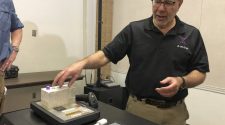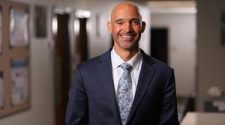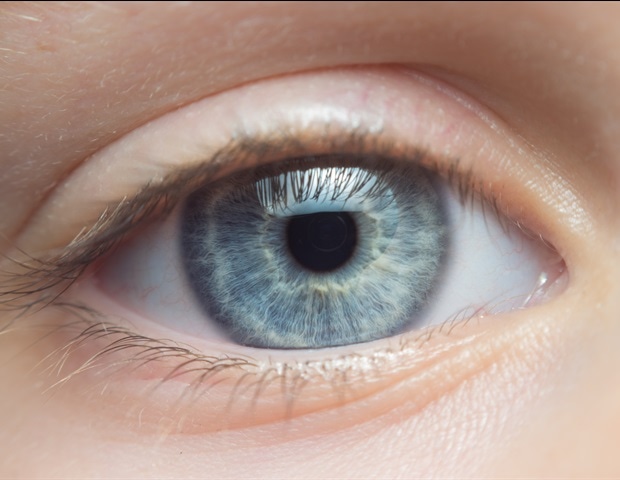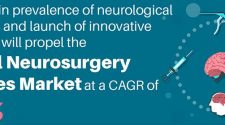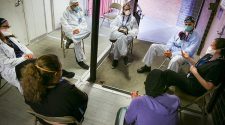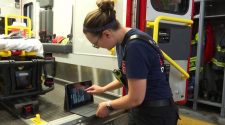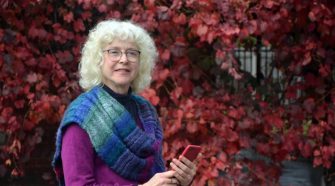A University of Houston biomedical researcher is developing new technology that will measure the stiffness of the lens in the eye, which is likely associated with presbyopia, or farsightedness, the inevitable and age-related loss of the ability to focus on nearby objects.
Presbyopia – which eventually impacts every human being – is linked to a stiffening of the crystalline lens. There are currently several investigational approaches for presbyopia treatment that rely on lens softening or lens replacement with softer materials. Drug-associated lens softening approaches are expected to have a transformative impact on the field because they are non-invasive and they preserve the anatomical relationship between the lens and other tissues involved in focusing, but there is a significant roadblock to developing these procedures.
There is currently no method available to directly measure lens stiffness and thus assess the efficacy of lens softening procedures in vivo.”
Kirill Larin, Professor of Biomedical Engineering, University of Houston
The National Eye Institute has awarded Larin $3 million to create a new technology capable of precise noninvasive and depth-resolved quantitative measurements of the lens mechanical properties in a clinical setting.
The technology will combine Brillouin microscopy, Optical Coherence Tomography (OCT) and Optical Coherence Elastography (OCE) – a new combination to be called BOE. The instrument will be used to generate the first age-dependent data on lens mechanical properties quantified in vivo as well as quantitatively assess therapeutic procedures aimed to restore the ability to focus.
“Our novel BOE technology can acquire absolute measurements of the lens stiffness gradient with the accuracy and precision required to detect both age-related changes and changes induced by lens softening treatments,” said Larin.
“The ability to quantify lens softening in vivo will have a major impact on preclinical and clinical testing, validation and optimization of lens softening procedures.”
Larin has assembled a multidisciplinary team with expertise in optical coherence tomography and elastography, Brillouin technology, biomechanical modeling, clinical ophthalmic instrumentation and crystalline lens physiology. The team includes Fabrice Manns, University of Miami; Giuliano Scarcelli, University of Maryland; and, Salavat Aglyamov, research assistant professor of mechanical engineering at UH.


